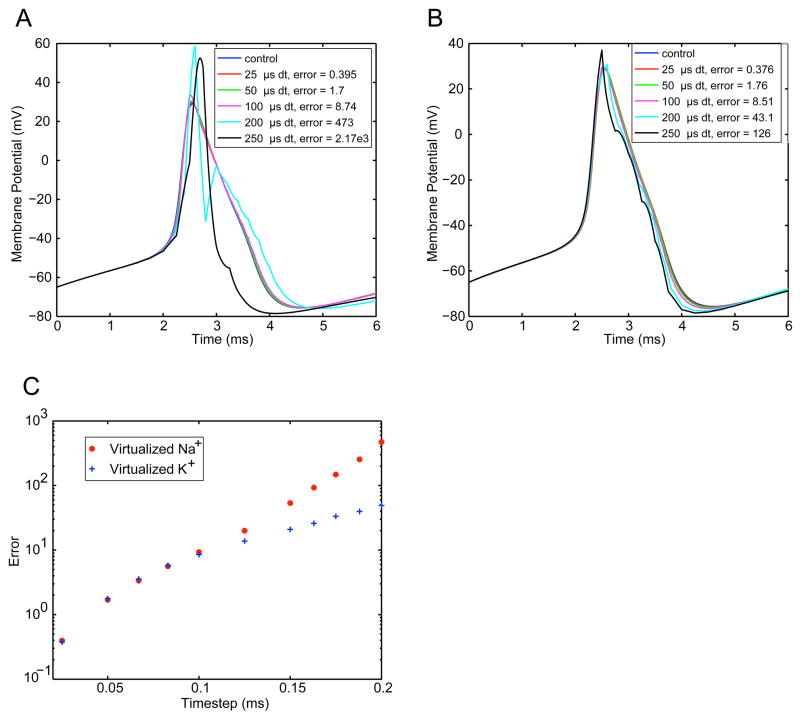Figure 3. Effects of time step on dynamic clamp accuracy.
In separate simulations Na+ (A) and K+ (B) channels were virtualized at a given time step using the 4th-order Runge-Kutta solver. Generally, large time steps lead to massive distortions when Na+ channels are virtualized (A); virtualization of K+ channels leads to more subtle distortions, mainly by increasing the spike afterhyperpolarization. C: Summary data showing error (V2) vs. time step for the two cases.

